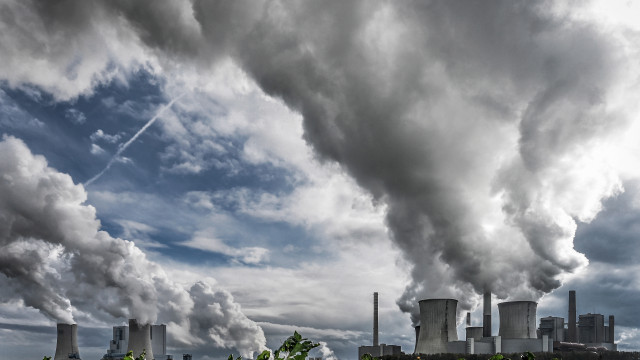US scientists have confirmed that levels of the three most important heat-trapping gases in the atmosphere reached new record highs last year.
This highlights the growing challenge posed by the climate crisis.
The global concentration of carbon dioxide, the most important and most widespread of the greenhouse gases emitted by human activity, has risen to an average of 419 parts per million in the atmosphere in 2023. Methane, a potent though more short-lived greenhouse gas, has risen to an average of 1,922 parts per billion. Levels of nitrous oxide, the third most important human-caused warming emission, rose slightly to 336 parts per billion.
According to the National Oceanic and Atmospheric Administration (NOAA), the increase is not quite equal to the record spikes seen in recent years, but it still represents a significant change in the composition of the atmosphere even compared to just a decade ago.
As a result of fossil fuel burning, livestock farming and deforestation, the world's CO2 levels are now more than 50% higher than before the era of mass industrialization. Methane, which comes from sources including oil and gas drilling and livestock farming, has increased even more dramatically in recent years, NOAA says. Its concentration in the atmosphere is now 160 percent greater than in pre-industrial times.
The rise in greenhouse gas levels is due to the continued use of fossil fuels, as well as the impact of forest fires that spew carbon-containing smoke into the air. Meanwhile, nitrous oxide has increased due to the widespread use of nitrogen fertilisers and the intensification of agriculture.
"This data shows that we still have a lot of work to do to make significant progress in reducing the amount of greenhouse gases that accumulate in the atmosphere," said Wanda Grubisic, director of NOAA's global monitoring laboratory, as quoted by the Guardian.
The increasing presence of greenhouse gases is driving the rise in global temperature - last year was the hottest ever measured globally. With this comes consequences such as floods, droughts, heatwaves and wildfires.
In addition, the world is in a state not seen since before the advent of human civilisation. Carbon dioxide levels today are comparable to those of around 4 million years ago - an era when seas were much deeper than today, average temperatures were much higher and large forests occupied areas of what is now the frozen Arctic.
Because of the lag between CO2 levels and their impact, and because of the hundreds of years that emissions remain in the atmosphere, the time frame of the climate crisis is enormous. Scientists warn that governments must quickly reduce emissions to zero and then begin removing carbon from the atmosphere to reduce further temperature increases. /BGNES







